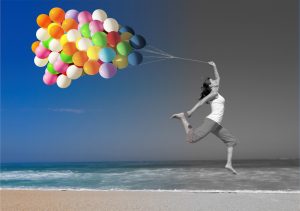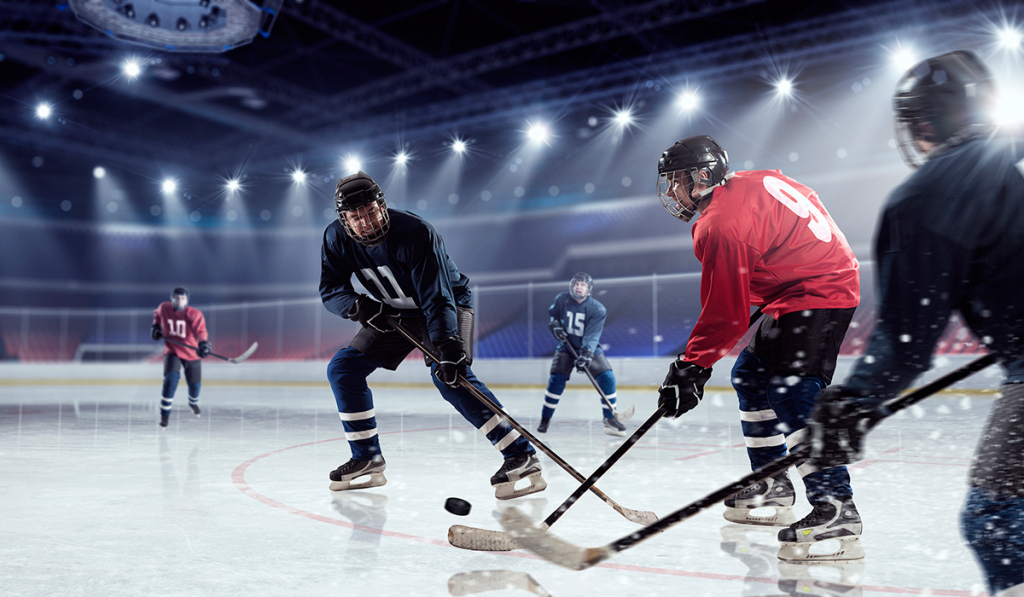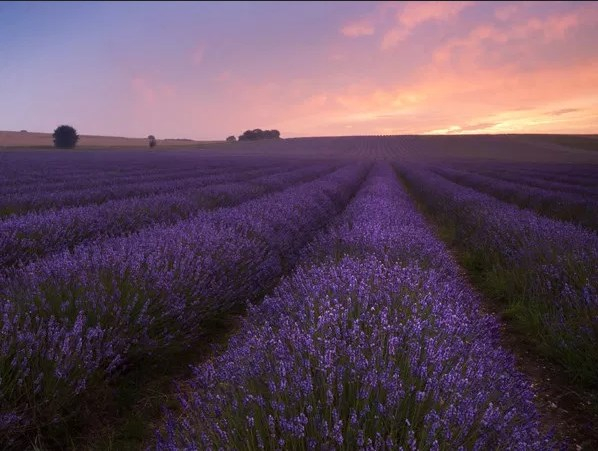HOW TO CONFLICT THE MONOCHROME REGIME?
 One of the advantages of digital photography is the ease of converting images to black and white. Now a black and white image is available in the same way as switching to camera monochrome mode. Some people still prefer chemical processes, but for the rest of us, this means that there is no longer a need for dark rooms and red lanterns, and there is no need to waste time in order to process the film and print pictures. The process is instantaneous. This has opened a monochrome photograph for many, which is exceptionally good news.
One of the advantages of digital photography is the ease of converting images to black and white. Now a black and white image is available in the same way as switching to camera monochrome mode. Some people still prefer chemical processes, but for the rest of us, this means that there is no longer a need for dark rooms and red lanterns, and there is no need to waste time in order to process the film and print pictures. The process is instantaneous. This has opened a monochrome photograph for many, which is exceptionally good news.
Use RAW
You will always get better results if you use the RAW format and convert files to monochrome already during post-processing. But there are still good reasons for switching the camera to monochrome for black and white shooting. Let’s take a closer look at them.
Monochrome helps to visualize the black and white picture.
Seeing in black and white is an acquired skill. It takes time to understand how the pictures that we used to see in color are translated into black and white.
The advantage of switching to monochrome is that the camera displays your photos in black and white on the LCD screen. This will help you see how the picture looks in monochrome. You can go further by increasing the contrast or changing the color filter settings (this will be discussed below if you do not know how to do this and why).
The photo above is an example. The color version is what the photographer sees on the screen of his camera, if you set the “Image Style” parameter to “Landscape”. Below is what he would see in monochrome.
Monochrome mode helps to make better color photos.
American photographer David Muench (David Muench) describes his style in which he works as a “black and white color photography.” What does he mean? Well, the basis of a good black and white image is the tonal contrast – that is, how exactly the light and dark tones are located inside the composition.
The color photographs of David Munch depend on tonal contrast just as if he were shooting in black and white. Tones are an important building block in the composition of his images, even if he shoots in color.
High-quality color photography depends on tonal contrast as much as good black and white. That is why the use of monochrome and the ability to see in black and white will make you a more advanced photographer in color.
The photo above is a good example of tonal contrast. Two images show how it will look on the camera screen in standard and monochrome image styles (Picture Style). The contrast in monochrome style was increased, as the light was even.
Monochrome – what you need to know
Each manufacturer approaches this mode differently, so be sure to check the manual, but the basic idea remains the same.
Here are the settings that you need, by manufacturers:
Canon: Picture Style
Nikon: Picture Control
Sony: Creative Style
Pentax: Custom Image
Olympus: Picture Mode
Sigma: Color Mode
Fujifilm: Film Simulation
Look at the setting that says Monochrome (or something like that). After selecting the mode, you can also configure it in more detail. For example, Canon EOS cameras have four parameters that a photographer can adjust in monochrome.
Sharpness
Ignore it if you are shooting in RAW, as you can adjust the sharpness when processing the image. If you use the JPEG format, be careful not to increase the sharpness too much – it is better to do this in Photoshop if necessary.
Contrast
The biggest concern of many photographers about using monochrome is that photos often tend to look flat and therefore somewhat boring. This is due to the fact that the manufacturer of cameras by default prefers to display a smooth black and white image in order to keep the illuminated areas and details in the shade. It is assumed that you adjust the contrast in Photoshop if you need.
However, increasing the contrast in the camera will give you a better preliminary picture, which can greatly facilitate the visualization of how the picture is subsequently converted to monochrome. Be careful when shooting in JPEG format, since you cannot return lost shadows or highlight parts in Photoshop later.
However, if you use RAW, you can set the contrast to your liking. In RAW, you need to pay attention to one thing: the histogram and the selection of overexposed zones are generated from the preview image that you see on the screen. If you increase the contrast, your camera can tell you that the highlights are removed when the drill is actually present in the RAW file.



